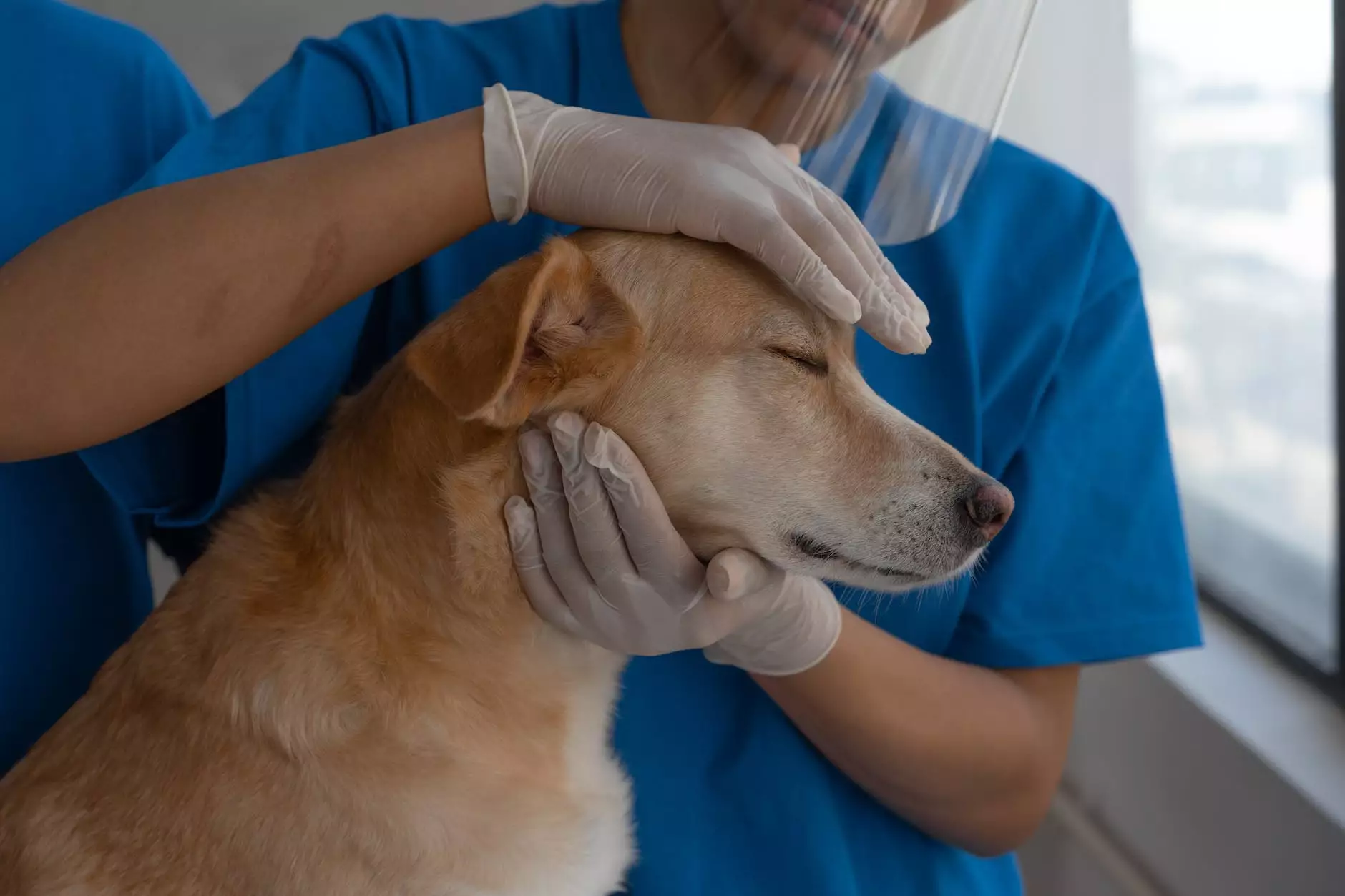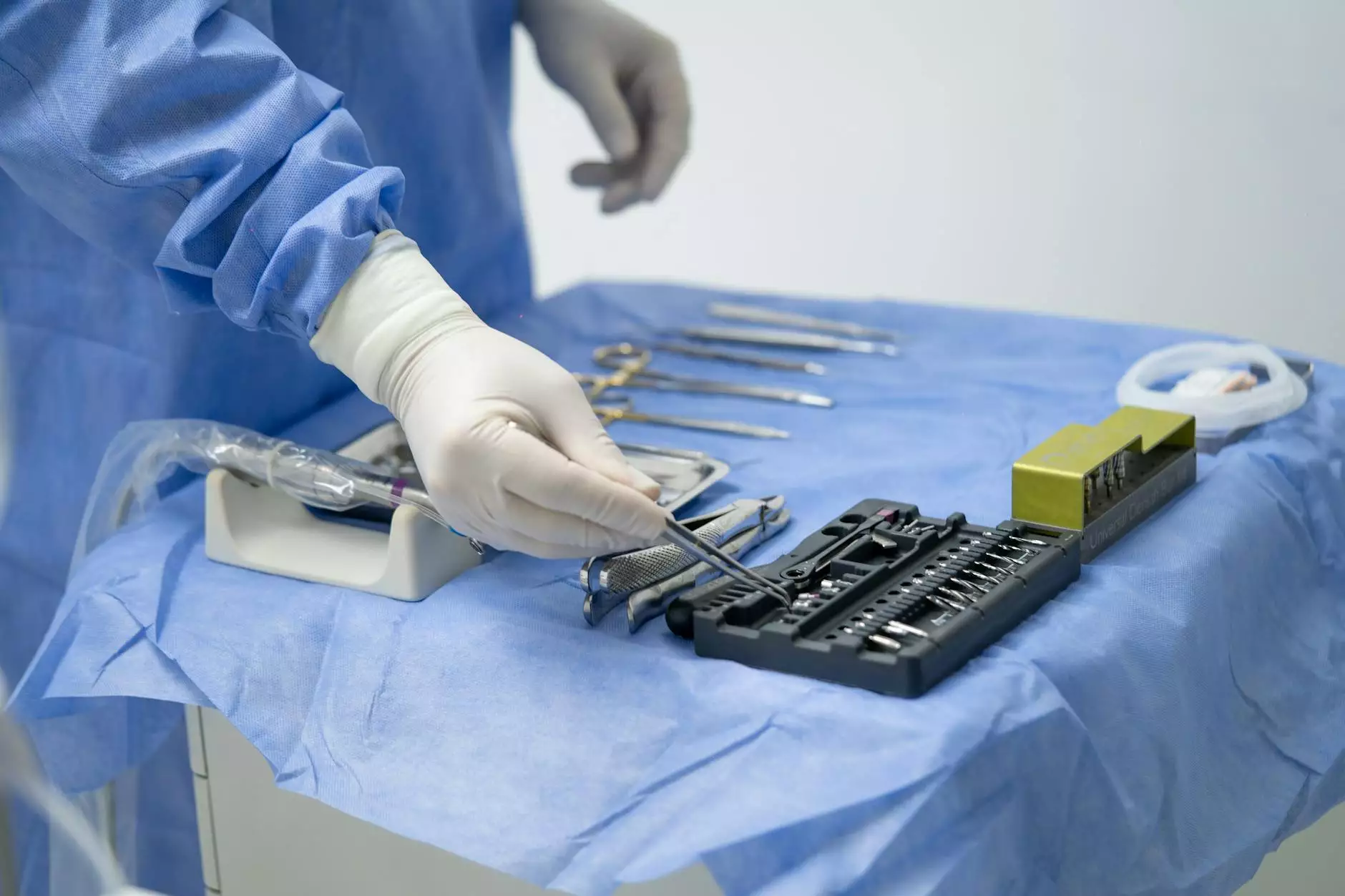Understanding Brown Rash on Legs

The appearance of a brown rash on legs can be both concerning and perplexing. This article aims to provide in-depth information on the causes, symptoms, treatments, and prevention strategies associated with brown rashes on the legs. Whether you are dealing with this condition yourself or caring for someone else, understanding it can greatly enhance your approach to health and wellness.
What is a Brown Rash?
A brown rash is characterized by brown patches or spots that can appear anywhere on the skin, including the legs. These rashes may vary in size and can cause aggravated symptoms such as itching, irritation, or discomfort. It is important to identify the underlying causes of such rashes for effective treatment. The skin conditions affecting the legs can often be linked to various health issues, which may require medical intervention.
Common Causes of Brown Rashes on Legs
1. Vascular Conditions
One significant cause of brown rashes on the legs is related to vascular health. Venous insufficiency, a common condition where veins have trouble sending blood from the legs back to the heart, can lead to changes in skin pigmentation. Over time, this can create a brownish discoloration as the skin develops a condition known as stasis dermatitis.
2. Allergic Reactions
Sometimes, a brown rash may result from an allergic reaction to products such as soaps, detergents, or fabrics. Contact dermatitis could manifest as reddish-brown patches characterized by inflammation and itching.
3. Skin Conditions
Certain skin conditions such as eczema, psoriasis, and dermatitis can also cause brown rashes. These conditions may be exacerbated by factors such as stress, diet, and environmental changes.
4. Infections
Fungal and bacterial infections can contribute to the development of rashes. For instance, a skin infection might lead to discoloration and inflammation, resulting in patches that appear brown.
5. Hyperpigmentation
Hyperpigmentation is the darkening of certain areas of the skin, which can occur after injury or as a response to inflammation. This can result in brown spots that may be mistaken for a rash.
Symptoms of Brown Rash on Legs
Identifying a brown rash involves recognizing accompanying symptoms. Typical symptoms include:
- Itching: The rash may cause significant itchiness, leading to discomfort.
- Inflammation: The affected area may appear red, swollen, or irritated.
- Flaking or Peeling: Some types of rashes may cause the skin to flake or peel.
- Changes in Texture: The skin may feel different, potentially becoming rough or scaly.
How is a Brown Rash Diagnosed?
Diagnosing a brown rash on the legs involves several steps, generally led by a healthcare professional:
- Medical History: The doctor will ask about your medical history, including any existing health conditions, medications, and potential allergens.
- Physical Examination: A thorough examination of the rash is crucial. The doctor will check for other symptoms and the overall appearance of the rash.
- Skin Tests: In some cases, skin tests may be performed to determine allergens or irritants.
- Blood Tests: Blood tests can assess underlying conditions contributing to the rash.
Treatment Options for Brown Rash on Legs
Treating a brown rash effectively often requires addressing the underlying cause. Here are common treatment options:
1. Topical Treatments
For rashes resulting from allergic reactions or skin conditions, topical creams or ointments may be recommended. Corticosteroid creams can help reduce inflammation and alleviate itching.
2. Antihistamines
If the rash is due to an allergic reaction, over-the-counter antihistamines might be advised to manage symptoms.
3. Moisturizers
For conditions like eczema and psoriasis, daily moisturization can help maintain skin integrity and reduce flares.
4. Laser Therapy
In cases of hyperpigmentation or persistent brown spots, laser therapy may be an option. This treatment focuses on breaking down pigmentation in the skin.
5. Prescription Medications
For infections or chronic skin conditions, your doctor may prescribe oral medications or stronger topical prescriptions to better manage the rash.
Preventing Brown Rashes on Legs
While not all brown rashes can be prevented, certain strategies can significantly reduce the risk:
- Avoid Irritants: Be cautious about using soaps, creams, or detergents that might trigger allergic reactions.
- Maintain Healthy Circulation: Keep active and avoid prolonged periods of sitting or standing to promote vascular health.
- Practice Good Skincare: Regular moisturizing can keep skin hydrated and resilient against irritants.
- Wear Protective Clothing: If you're outside, protect your legs from the sun and potential irritants that can cause skin changes.
When to Seek Medical Help
While some rashes may resolve on their own with at-home treatment, certain signs warrant professional evaluation:
- If the rash persists for more than a few days without improvement.
- Severe itching or pain that disrupts daily life.
- Signs of infection like increased redness, swelling, or discharge.
- Systemic symptoms such as fever or feeling unwell.
Conclusion
Understanding the brown rash on legs is essential for effective management and treatment. By recognizing the symptoms, identifying underlying causes, and pursuing appropriate treatments, individuals can improve their skin health significantly. Always consult with a qualified healthcare provider for personalized advice and treatment options, particularly if the rash persists or worsens. For expert care in vascular health and skin conditions, consider consulting professionals at Truffles Vein Specialists. Taking proactive steps towards vascular health not only enhances overall well-being but can help prevent skin issues from arising in the first place.
Additional Resources
For more information regarding vascular health and skin conditions, consider exploring the following resources:
- Truffles Vein Specialists Official Website
- American Academy of Dermatology
- Venous Institute - Vascular Health Information









